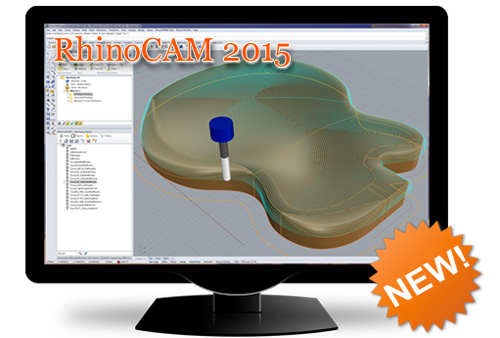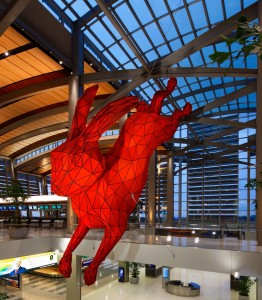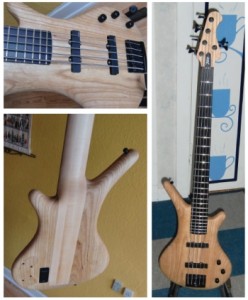 MecSoft Corporation has announced the availability of RhinoCAM 2015, a major version release for MecSoft’s integrated CAM solution for Rhino. RhinoCAM 2015 includes four CAM modules MILL, TURN, NEST, and ART, each of which run completely integrated inside the Rhino 5 CAD program.
MecSoft Corporation has announced the availability of RhinoCAM 2015, a major version release for MecSoft’s integrated CAM solution for Rhino. RhinoCAM 2015 includes four CAM modules MILL, TURN, NEST, and ART, each of which run completely integrated inside the Rhino 5 CAD program.
All CAM modules were significantly enhanced and improved in this 2015 release to provide customers with a powerful and complete manufacturing platform. Highlight of the release include the Hole Feature Detection and Automatic Machining of Hole Features functionality. Please click on the buttons below to learn more.
MecSoft
www.mecsoft.com



